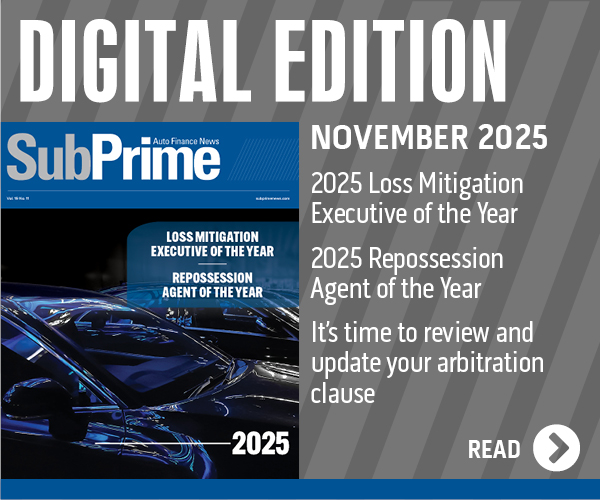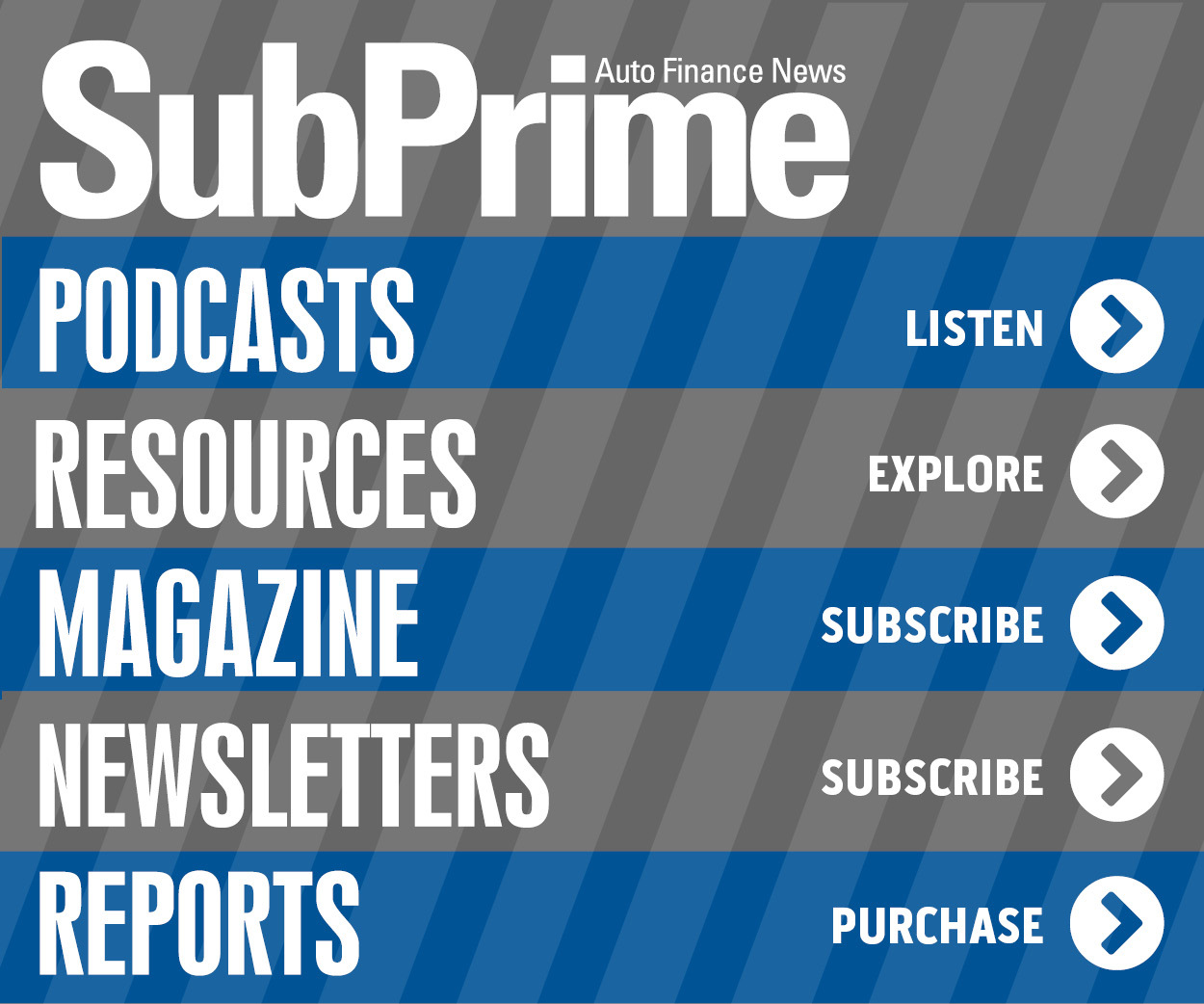6 takeaways from latest Underbanked Index

By subscribing, you agree to receive communications from Auto Remarketing and our partners in accordance with our Privacy Policy. We may share your information with select partners and sponsors who may contact you about their products and services. You may unsubscribe at any time.
ATLANTA –
FactorTrust released its latest Underbanked Index this week, showing insight into significant shifts in income, employment and default rate trends over a three-year period within this specific group of consumers.
The Index, which provides a range of data points including demographic, loan behavior, seasonal effects and others, helps shed light on underbanked consumers and highlights national data and trends based on expert analysis from FactorTrust’s database of tens of millions of records.
Some key takeaways from the most recent Underbanked Index, which tracks data from mid-2012 through October of 2015, include:
• Income: Showing a growing diversity in the borrower pool, the average monthly income of loan applicants has trended upward over the three-year period. Steadily growing from $2,817 in June of 2014 to $3,099 in February of 2015, income dipped over the following three months but swung up in October 2015 to an average of $3,053.
• Industry: The retail industry came in at the top for employees applying for loans, with the dining industry close behind.
• Alternative loans: The number of applicants interested in securing alternative loans (including rent-to-own, auto, line-of-credit, installment and short-term loans) from non-traditional lenders steadily increased over the past three years. In the past year alone, data shows these inquiries have increased by 50 percent.
Subscribe to Auto Remarketing to stay informed and stay ahead.
By subscribing, you agree to receive communications from Auto Remarketing and our partners in accordance with our Privacy Policy. We may share your information with select partners and sponsors who may contact you about their products and services. You may unsubscribe at any time.
• Short-term loans: Interestingly, the number of applicants seeking to secure short-term loans steadily decreased since January 2015 (back to near 2013 levels), suggesting an improvement in the economy or borrowers moving to other products.
• Delinquency: On average, delinquency rates decreased in 2014 versus 2013, demonstrating a better consumer credit quality and a growing sophistication of lenders’ underwriting processes. While the delinquency rate for 2015 has seen a recent uptick, defaults are still below 2012 rates by more than 20 percent. Delinquency loan dollar amounts have remained flat from August 2012 to September 2015.
• Applicant inquiries by month: Since the regulatory change in 2013, overall inquiries have trended up with a high last December, suggesting a possible holiday need for cash and a subsequent drop in February due to the holiday lull.
FactorTrust chief executive officer Greg Rable reiterated how important it is for finance companies to consider the data that the company’s Underbanked Index gathers.
“Lenders are continually faced with the challenge of how to efficiently manage risk while lending to the underbanked, but knowledge is power,” Rable said.
“Our data and technology tools allow these lenders to service a broader range of consumers than ever before with finance products,” he continued. “A review of this multi-year data offers some critical insights into loan trends that financial institutions, associations, analysts and media can use to better understand the needs of these nearly 50 million consumers.”
Rable closed his assessment of the latest Underbanked Index by maintaining what differentiates it from other possible sources of consumer credit background information.
“There is a big misperception in the marketplace that the ‘big three’ credit reporting agencies capture all the necessary information to accurately score a wide range of consumers. That is simply not true, as our index shows,” Rable said.
“From demographics to loan behavior data, alternative credit bureaus like FactorTrust provide lenders with a more holistic view of underbanked consumers, consumers that the ‘big three’ often miss,” he continued. “This alternative data creates stronger insight and leads to smarter business decisions.
“For example, falling delinquency rates prove that better quality of data can improve loan quality. Additionally, knowing that both age and monthly income are trending upward, lenders can be more confident in loan decisions,” Rable went on to say.


